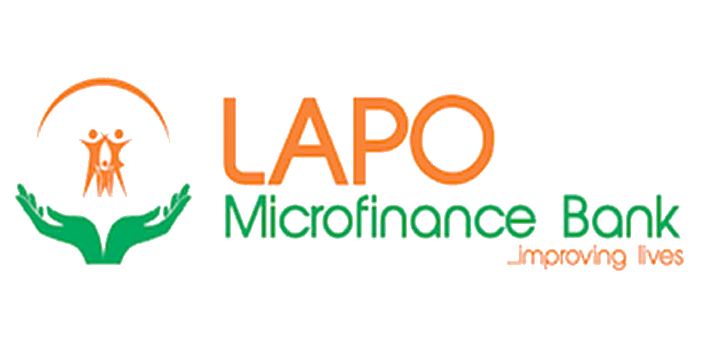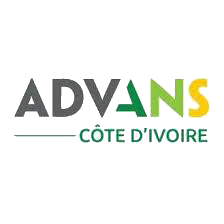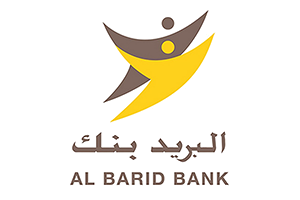On 29 November 2023, the International Accounting Standards Board (IASB) proposed amendments in an Exposure Draft to tackle challenges in financial reporting for instruments with both debt and equity aspects, focusing on clarifying issues within IAS 32 and enhancing disclosures in IFRS 7 and IAS 1. The amendments target various areas such as financial instrument classification, derivatives settled in the issuer’s equity, and disclosures on claims and terms of financial instruments.
Additionally, on 15 January, the European Financial Reporting Advisory Group (EFRAG) released a draft comment letter supporting the IASB’s efforts and suggesting improvements, with a deadline for comments set for 20 March 2024. EFRAG is also conducting a field-test to evaluate the impact of the proposed changesWe’re excited to share that WSBI-ESBG has recently submitted its response to the EFRAG’s consultation on the IASB Exposure Draft regarding Financial Instruments with Characteristics of Equity.
This submission underscores our commitment to promoting clarity and consistency in the classification and reporting of financial instruments, especially those with characteristics of both debt and equity.
Key highlights from our response include:
Addressing challenges in classifying financial instruments with equity-like features, crucial for accurate financial reporting.
Emphasizing the importance of the fixed-for-fixed condition in distinguishing between debt and equity instruments.
Offering insights on recognizing liabilities for obligations to redeem entity-owned equity, particularly regarding non-controlling interests.
Advocating for enhanced disclosure requirements while emphasizing the need for clarity and practicality in implementation.
At WSBI-ESBG, we believe that clear and consistent financial reporting standards are essential for stakeholders to assess an entity’s true financial position and risk profile.
As discussions continue, we’re committed to collaborating with industry partners and regulatory bodies to refine financial reporting standards and enhance the quality and reliability of financial information.
related
European Banking Authority (EBA) on ESG risk management
The European Savings and Retail Banking Group (ESBG) submitted its response to the consultation launched by the European Banking Authority (EBA). ESBG insists on the need for consitency with CSRD and CSDDD, the addressees of this guideline should also
Enhancing Transparency in Bank Disclosures: ESBG delivers comprehensive response to the EBA’s Pillar 3 data hub consultation
On 14 December 2023, the European Banking Authority (EBA) published a discussion paper on the Pillar 3 data hub processes and its possible practical implications.
IASB Exposure Draft (ED) on Financial Instruments with Characteristics of Equity
On 29 November 2023, the International Accounting Standards Board (IASB) proposed amendments in an Exposure Draft to tackle challenges in financial reporting for instruments with both
ESBG advocates for increased clarity and streamlining of supervisory reporting requirements
On 14 March, ESBG submitted its response to the European Banking Authority (EBA) consultation on ITS amending Commission Implementation Regulation (EU) 2021/451 regarding supervisory reporting
WSBI-ESBG advocates for robust implementation of the BCBS Pillar 3 framework for climate-related financial risks
On 14 March, WSBI-ESBG submitted its response to the Basel Committee on Banking Supervision (BCBS) consultation on its Pillar 3 disclosure framework for climate-related financial risks
ESBG stresses the need for consistency and clarity in its Response to the SFDR Review Consultation
ESBG submitted its response to the European Commission’s consultation on the SFDR review, aiming to enhance transparency in sustainability-related disclosures within the financial services sector
ESBG response to the EBA’s consultation on Guidelines on preventing the abuse of funds and certain crypto-assets transfers for ML/TF
The guidelines on the “travel rule” delineate the actions that Payment Service Providers (PSPs), Intermediary PSPs
ESBG responds to the SRB consultation on the future MREL policy
The European Savings and Retail Banking Group (ESBG) submitted its response to the consultation launched by the Single Resolution Board (SRB) in December 2023 on the future of the Minimum Requirement for own funds
ESBG’s response to the Commission’s consultation on the GDPR
The primary EU legislation ensuring the fundamental right to data protection is the General Data Protection Regulation
Joint statement calling for clear distinction between AI and credit scoring in AI Act
On 11 January 2024, a joint industry statement was issued by ESBG, together with the Association of Consumer Credit Information Suppliers (ACCIS)








































